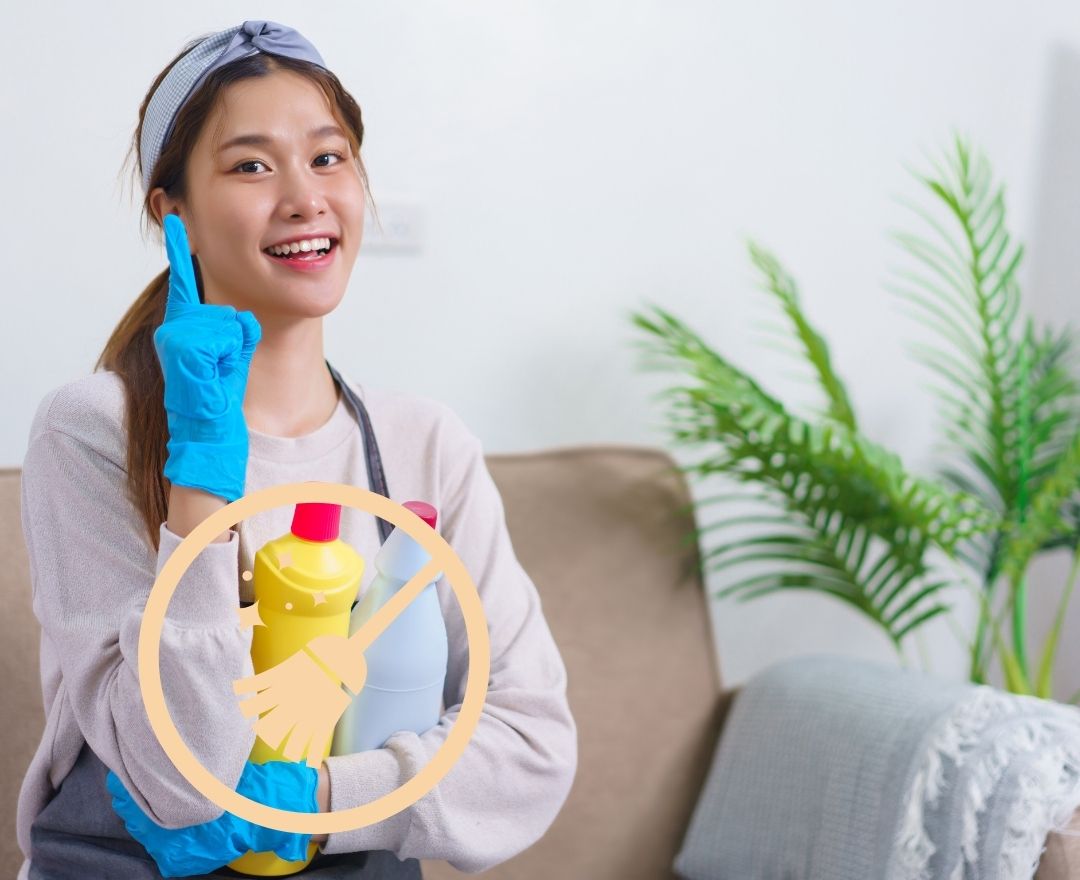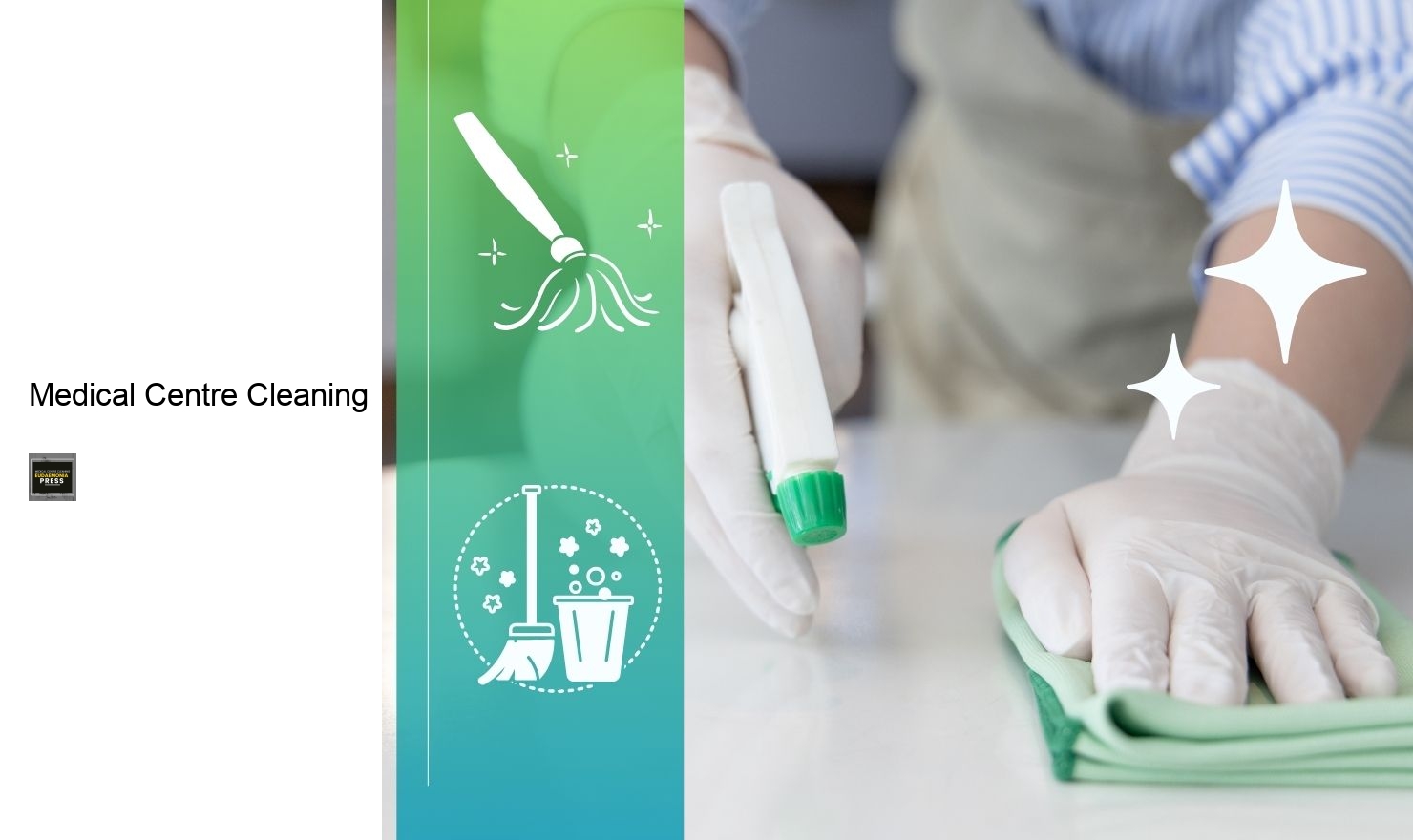
Medical centres are essential for providing quality health care to patients. However, ensuring they remain clean and safe is an integral part of running a successful facility. Eudaemonia Press is dedicated to helping medical centres achieve this goal through comprehensive cleaning solutions. Our team of experienced professionals will ensure that your centre is thoroughly sanitized with the utmost attention to detail. We use state-of-the-art equipment and products, ensuring all surfaces are disinfected and free from harmful bacteria and viruses. In addition, we provide regular maintenance services such as dusting, polishing, vacuuming, mopping and more to keep your facility looking its best at all times. With our help, you can rest assured knowing your medical centre provides a safe and hygienic environment for staff and patients alike.
Cleaning a clinic can be an intimidating task, but it doesn't have to be. The key is to develop an organized approach that will ensure the entire facility is kept safe and sanitary. Here are some tips for cleaning a clinic:
Start by vacuuming all carpets and rugs in the clinic, as well as any fabric furniture or curtains. This will remove dust, dirt, and other debris from the surfaces.
Next, mop all hard flooring with a disinfectant cleaner. Pay special attention to corners and crevices where bacteria may hide.
Clean surfaces like countertops and shelves with a non-toxic detergent solution to remove any residue left behind from previous treatments or procedures.
Disinfect bathrooms with bleach or another appropriate cleaning product designed specifically for bathroom use. Be sure to wear protective gear when handling these products!
Empty garbage cans regularly throughout the day and disinfect them after each emptying session using either paper towels or disposable wipes saturated with disinfectant solution. Make sure all waste is safely disposed of in designated receptacles outside of the clinic area.
6 Finally, make sure that all clinical instruments are properly sterilized before use on each patient according to standard protocol guidelines set forth by your institution's governing body or accrediting agency .
By following these easy steps you can ensure that your clinic remains clean and hygienic at all times!
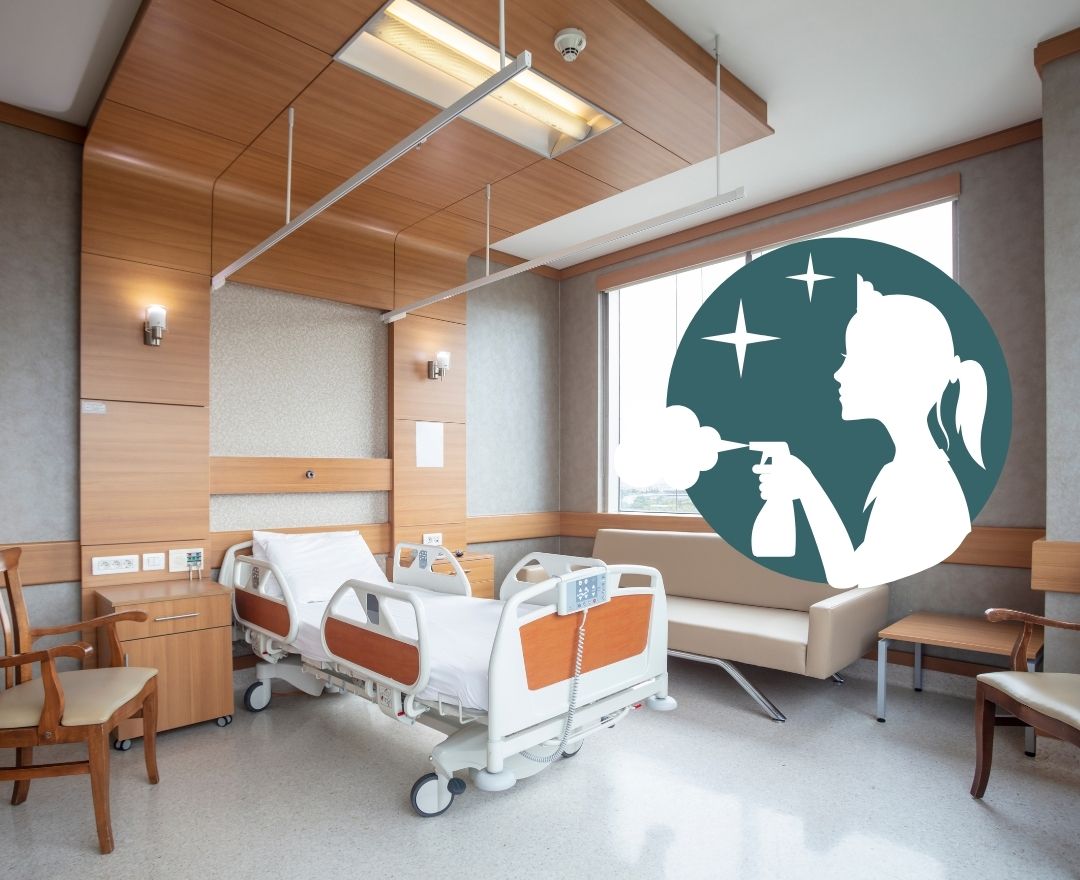
When it comes to the healthcare industry, routine cleaning is far from mundane; it's a cornerstone of patient safety and infection control.
Posted by Amelia Annand @Medical Centre Cleaning Eudaemonia Press on 2023-10-23
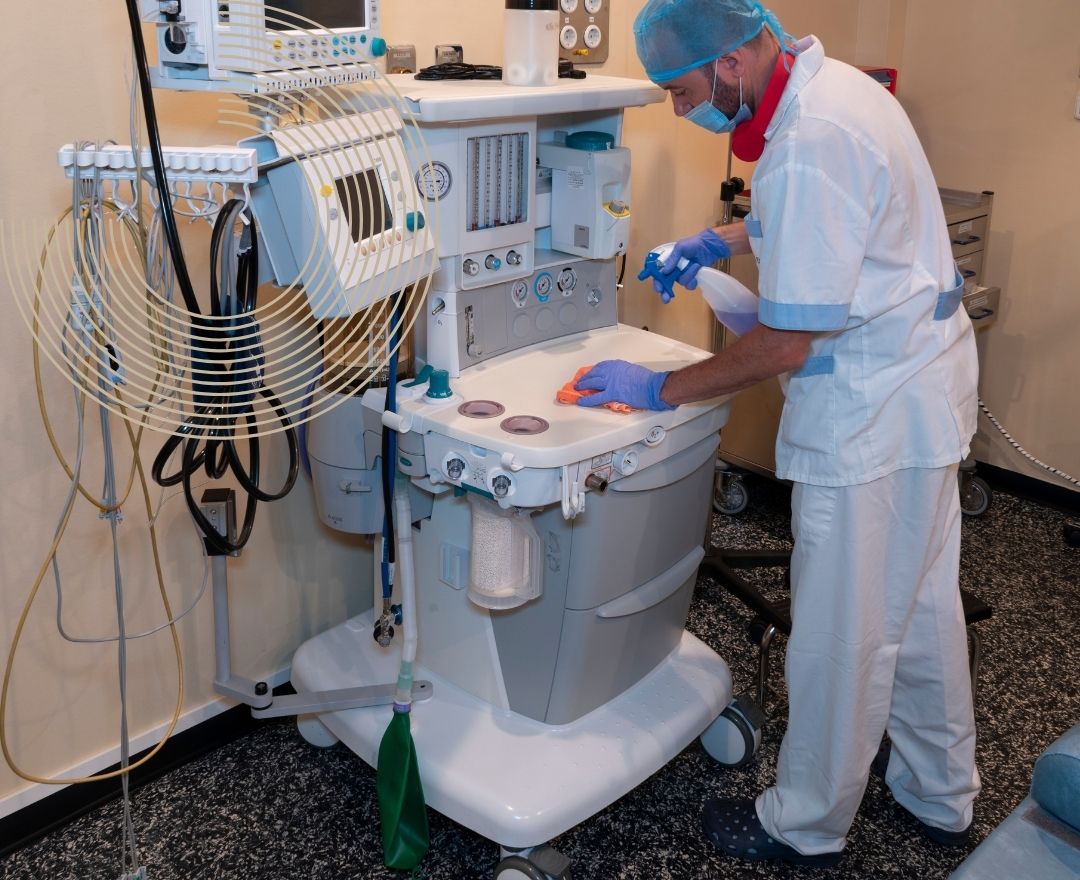
Amidst the ever-evolving landscape of modern medicine, the importance of maintaining a pristine healthcare environment cannot be overstated.
Posted by Amelia Annand @Medical Centre Cleaning Eudaemonia Press on 2023-10-22
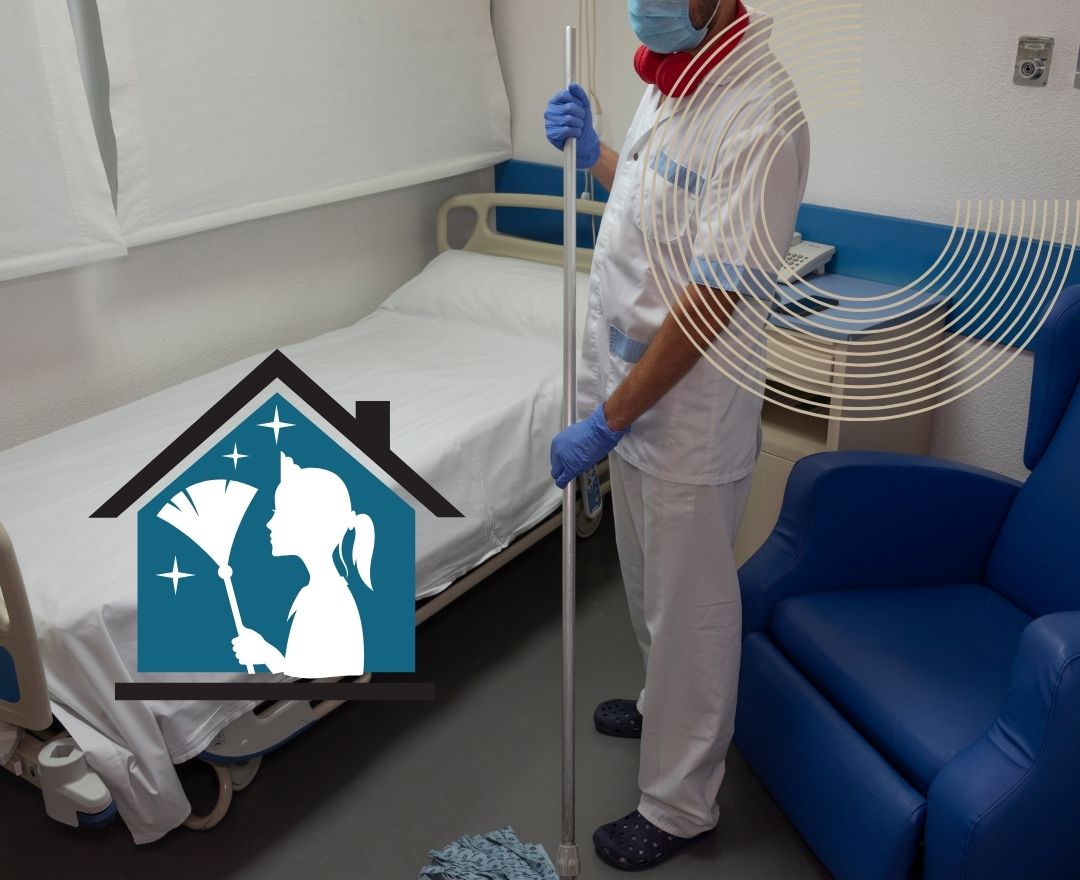
In the bustling world of healthcare, there are individuals who play a vital role behind the scenes, ensuring that hospitals maintain the highest standards of cleanliness and hygiene.
Posted by Amelia Annand @Medical Centre Cleaning Eudaemonia Press on 2023-10-21
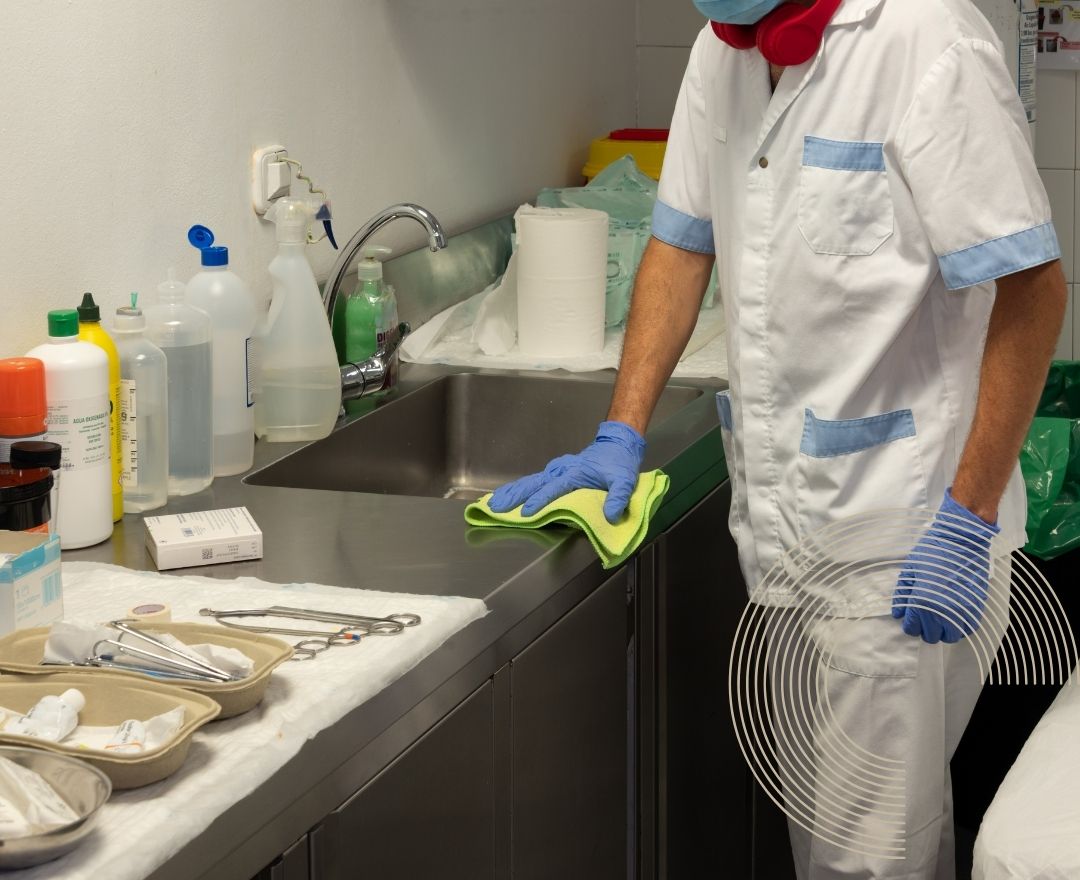
Cleaning in hospitals is an incredibly important task. It ensures the health and safety of patients, visitors, and medical staff alike. Proper cleaning is essential to prevent the spread of germs and bacteria that can cause illness or disease. Cleaning in hospitals typically involves a variety of methods, including vacuuming, mopping, dusting, disinfecting surfaces, and laundering linens. Vacuuming removes dirt and debris from carpets and floors while mopping uses detergents to help loosen soils from hard surfaces such as tile or wood floors. Dusting helps remove allergens from furniture and other objects while also eliminating dust mites. Disinfecting surfaces helps kill any remaining germs on the surface which could potentially be passed on to others. Lastly, laundering linens ensures that all linens are free of contaminants before they are used again in the hospital setting. These steps ensure a safe environment for everyone at the hospital.
The seven steps of cleaning in the hospital are essential for ensuring a safe and sanitary environment for patients, staff, and visitors. First, all surfaces must be adequately pre-cleaned to remove any dirt or debris. Next, a disinfectant should be used to kill any germs that may be present on surfaces. Thirdly, special attention should be paid to high-touch areas like doorknobs and handrails. Fourthly, upholstery and carpets should be vacuumed or thoroughly shampooed. Fifthly, floors should be mopped with an appropriate cleaner and allowed to air dry. Sixthly, trash bags should be emptied regularly throughout the day. Lastly, glass surfaces including windows and mirrors must be polished for a streak-free finish. Adhering to these seven steps of cleaning in the hospital will help maintain a healthy atmosphere for everyone who enters its doors.

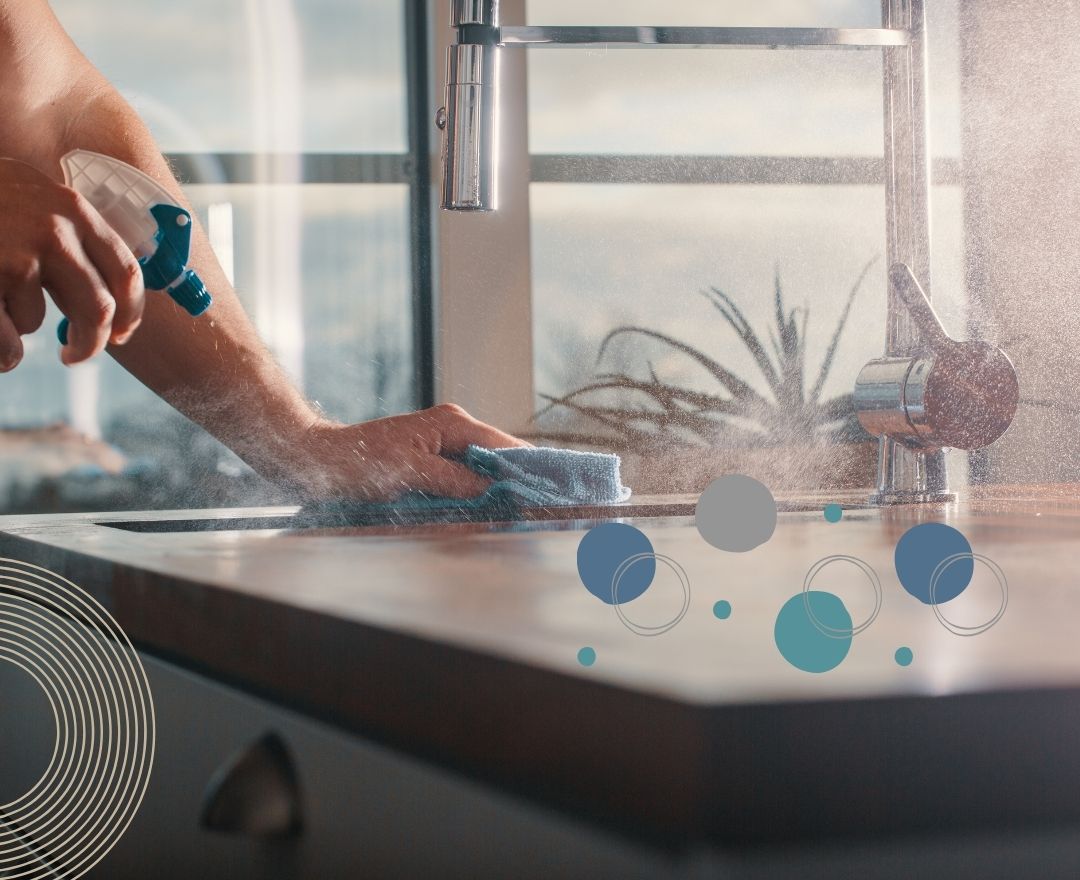
Cleaning is an essential part of maintaining a healthy and safe environment. The five basic cleaning procedures include dusting, vacuuming, mopping, sanitizing, and disinfecting. Dusting involves using a cloth or duster to remove dirt and debris from surfaces such as shelves, tables, and counters. Vacuuming helps to pick up larger particles of dust and dirt that have settled on carpets or other fabrics. Mopping involves wetting down the floors with a solution of soap and water before scrubbing them with a mop to loosen dirt and grime. Sanitizing surfaces involves using an antimicrobial solution to kill germs on hard surfaces such as countertops, sinks, toilets, etc. Disinfecting involves using stronger chemicals to kill bacteria, viruses, fungi, etc., on hard non-porous surfaces like floors or walls. Taking these five steps can help keep your home clean and promote overall hygiene in the household.
Hospitals take extensive measures to ensure their sheets are clean and hygienic. This is done by laundering the bedding in washing machines with hot water and detergent, then drying them at a high temperature. After that, they may use steam or ultraviolet light to sanitize the materials further. Special antimicrobial products may also be used if needed. In addition, medical staff will inspect the linens for any stains or dirt before it is put on a patient's bed. These processes help to protect hospital patients from potential infections and illnesses, ensuring their safety and comfort while staying in a healthcare facility.
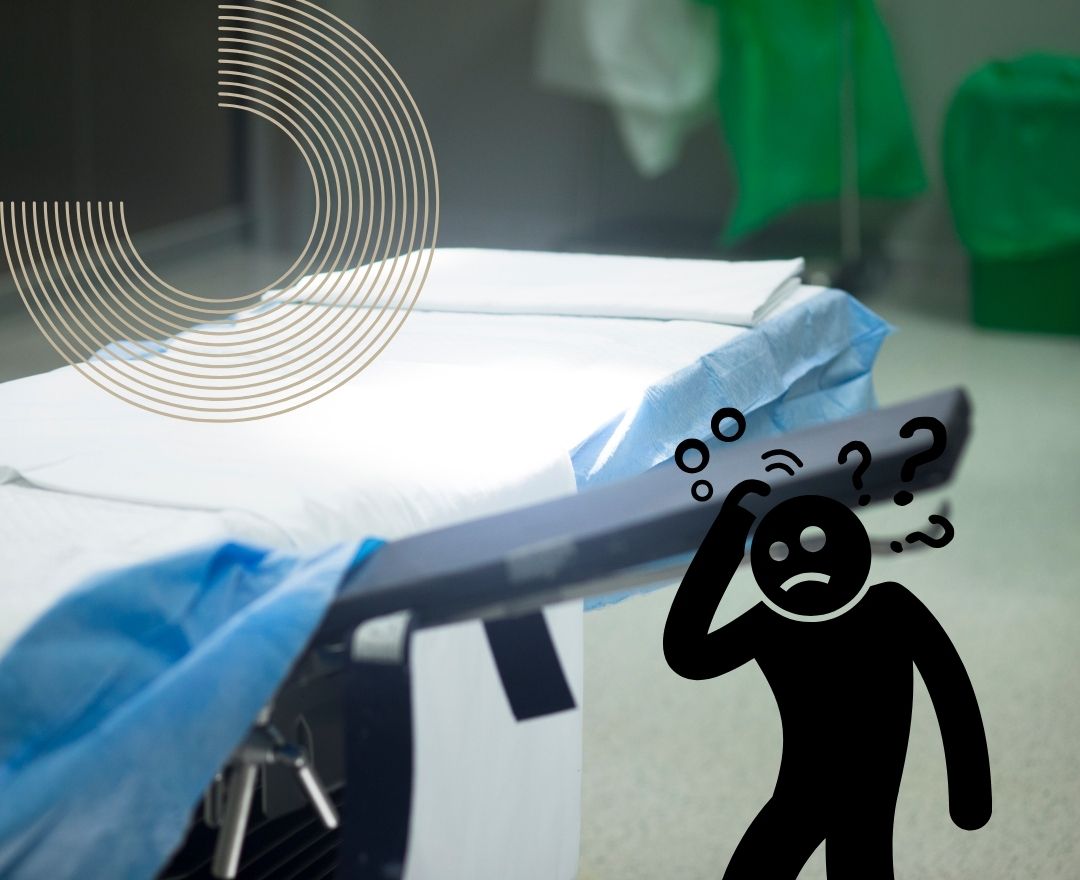
Medical grade cleaning is a type of cleaning that goes beyond the typical standard for sanitization. It involves the use of specialized products and techniques to protect against bacteria, viruses, fungi, and other microorganisms. These products are typically not available in regular stores and must be purchased from medical suppliers or distributors. The methods used for medical grade cleaning include wiping surfaces with a disinfectant solution, using steam cleaners to sanitize carpets and upholstery, and using high-pressure washing machines to remove dirt and grime from walls and floors. Additionally, medical grade cleaning often includes special procedures for disposing of hazardous waste such as needles, syringes, body fluids, etc., in order to ensure safety before disposal. Medical grade cleaning is essential for healthcare facilities due to its ability to reduce the spread of infectious diseases among staff members and patients.
